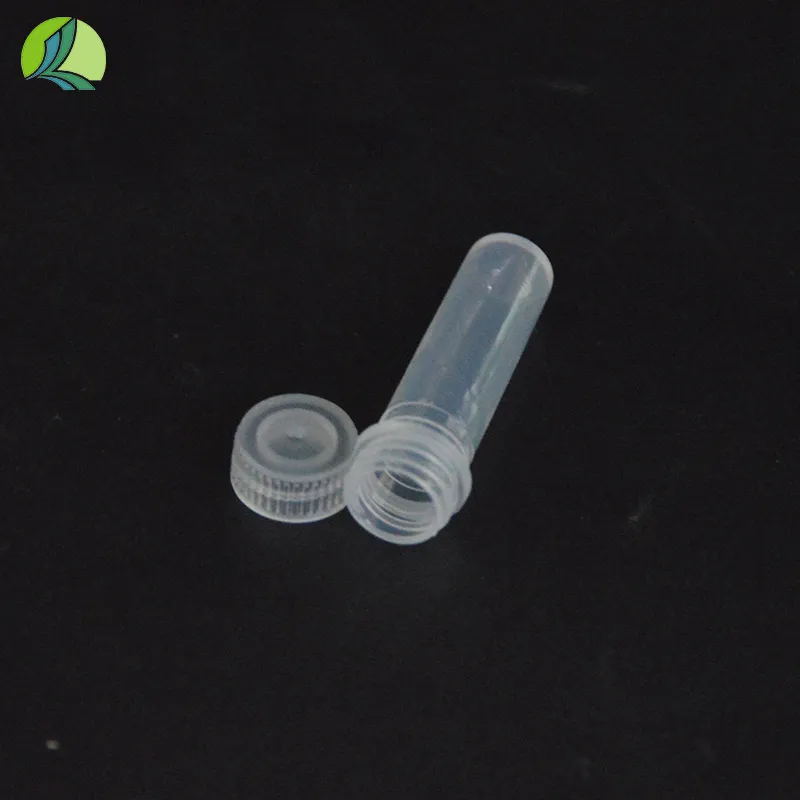Innovative Solutions for Safe Storage in Reagent Bottles for Laboratory Use
The Versatility of Reagent Bottles in Modern Laboratories
In the realm of scientific research and experimentation, reagent bottles play a pivotal role. These containers are not just simple vessels; they are essential tools that support a wide array of laboratory functions, from safely storing chemicals to facilitating precise measurements and reactions. As we dive deeper into the world of reagent bottles, we uncover their importance, variations, and best practices for their use in modern laboratories.
Understanding Reagent Bottles
A reagent bottle is typically made from glass or high-grade plastic and is designed to hold chemical reagents used in laboratory experiments. These bottles come in various sizes, ranging from small vials for delicate compounds to larger containers for bulk chemicals. The designs of reagent bottles ensure that they provide a secure closure to prevent contamination and evaporation of volatile substances, making them indispensable in maintaining the integrity of experiments.
Types of Reagent Bottles
There are several types of reagent bottles, each tailored for specific laboratory needs.
1. Brown Glass Bottles These are widely used for light-sensitive reagents. The amber color protects the contents from ultraviolet light, reducing the risk of chemical degradation.
2. Clear Glass Bottles Clear bottles are commonly used for substances that are not sensitive to light. They offer visibility for easy identification and monitoring of the chemical level.
3. Plastic Bottles Made from materials like polyethylene or polypropylene, these bottles are often used for less hazardous reagents. They are lightweight, durable, and will not break as easily as glass, making them ideal for fieldwork or situations where the risk of dropping is high.
4. Dropper Bottles These bottles are equipped with dropper caps, allowing for precise dispensing of small volumes of liquid. They are essential for titrations and other chemical analyses requiring accuracy.
a reagent bottle

5. Polyethylene Terephthalate (PET) Bottles Frequently used for storing acids and strong bases, PET bottles provide excellent resistance to chemicals while being recyclable.
The Importance of Proper Labeling
One of the most critical aspects of using reagent bottles is proper labeling. Each bottle should be marked with essential information, including the chemical name, concentration, date of preparation or opening, and hazard symbols. This practice is crucial for ensuring safety in the laboratory and preventing accidental misuse of substances. Moreover, clear labeling facilitates quick identification and retrieval, thus enhancing the efficiency of research activities.
Safety Considerations
When handling reagents, safety must always be a priority. Reagent bottles should be used with care to avoid spills, leaks, and breakages. Personal protective equipment (PPE), including gloves, goggles, and lab coats, should be worn at all times. Additionally, it is essential to store bottles in a designated area, away from heat sources or direct sunlight, to prevent degradation.
Whenever a reagent is transferred from a bottle, proper techniques should be employed to avoid cross-contamination. Using clean, dry equipment and transferring small amounts can minimize risks. It is a common practice to avoid returning unused reagents back to their original containers to prevent contamination.
The Future of Reagent Bottles
As technology advances, so too will the design and functionality of reagent bottles. Innovations may include improved materials that offer greater chemical resistance or smart labels integrated with barcodes or QR codes that provide extensive information about the contents and usage instructions. Such advancements will not only facilitate better organization in laboratories but also contribute to safer handling practices.
In conclusion, reagent bottles are far more than mere storage solutions; they are vital components of the scientific toolkit. Their wide range of forms and functionalities accommodates the diverse needs of researchers, making them indispensable in various fields, from pharmaceuticals to environmental science. By adhering to proper labeling procedures and safety practices, scientists can ensure that these tools serve their purpose effectively, paving the way for breakthroughs that could benefit humanity. As we look toward the future, the evolution of reagent bottles will undoubtedly continue to enhance the capabilities and safety of scientific inquiry.
-
Aesthetic Makeup Spray Bottles | Fine Mist Empty RefillableNewsAug.19,2025
-
White Plastic Veterinary Vaccine Vials | Lab Liquid BottlesNewsAug.18,2025
-
Plastic Medicine Liquid Bottle: Secure Flip Top Drug VialsNewsAug.17,2025
-
Durable 250ml Blue Plastic Vaccine Vial for Lab & Vet UseNewsAug.16,2025
-
Sterile Virus Sample Tubes: Secure & Reliable Specimen CollectionNewsAug.15,2025
-
White 250ml Plastic Vaccine Vial for Lab & Vet MedicineNewsAug.14,2025
























